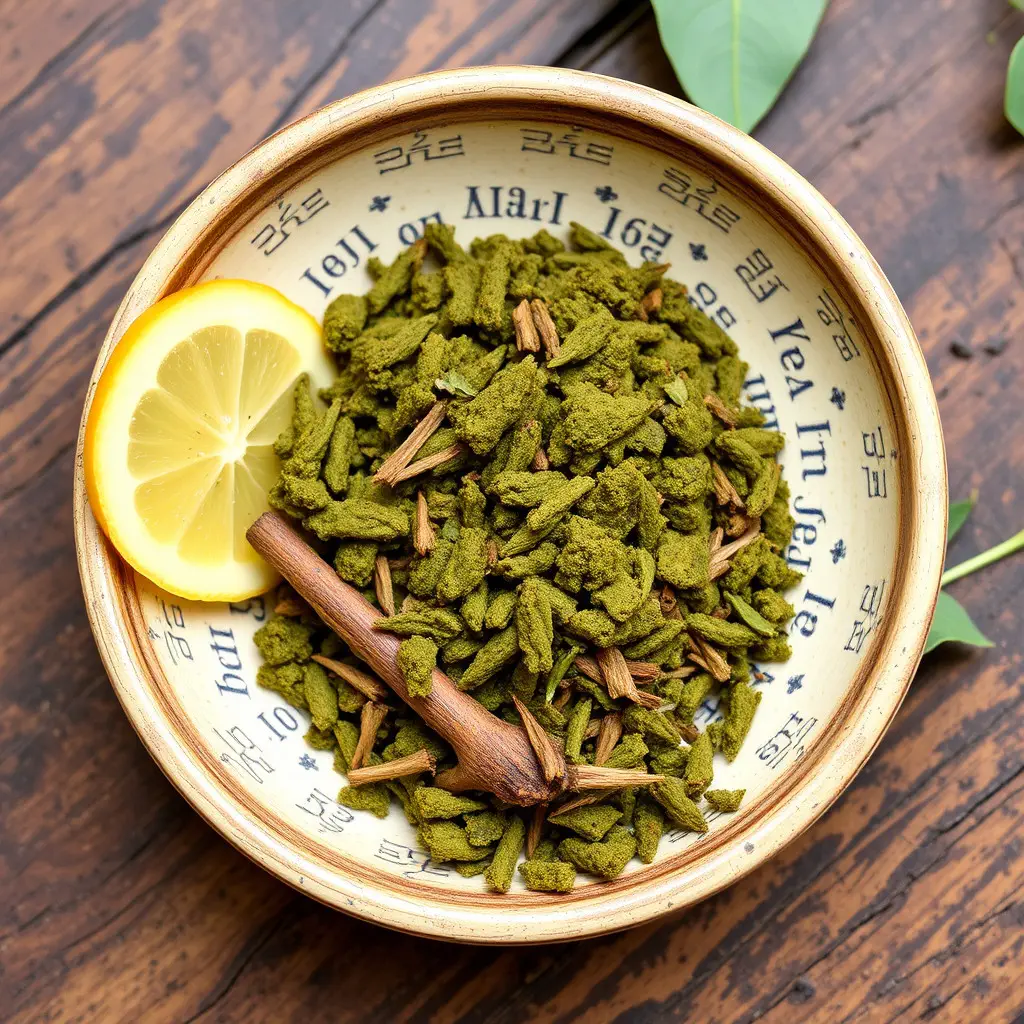Kratom, a natural supplement with alkaloids like mitragynine and 7-hydroxymitragynine, is emerging as a post-workout recovery aid within the health and wellness sector. It offers analgesic effects that can help alleviate muscle soreness and potentially reduce inflammation and speed up muscle recovery, providing a natural alternative to synthetic pain meds. Enhancing kratom's effects with kava smoking accessories is claimed to improve its absorption and efficacy, though users should approach this holistic combination with caution, adhering to proper dosage and understanding that both substances' legal status can differ by region. It's crucial for individuals to consult healthcare providers before incorporating these into their health regimen due to the diverse effects on mood, pain perception, and energy levels. Athletes interested in kratom should use it judiciously, considering its impact on performance and recovery, while being mindful of personal sensitivity, diet, lifestyle, and legal regulations. Safety is paramount, and athletes must also be aware of potential interactions with other supplements or medications and maintain open communication with their support team about its use to ensure a balanced and effective athletic regimen.
Embarking on a rigorous training regimen necessitates robust recovery strategies to optimize performance and well-being. This article delves into the role of kratom, a natural alkaloid extract, in enhancing post-workout recuperation. We explore how integrating kratom with established recovery practices can be beneficial for athletes. Furthermore, we discuss the safety measures and responsible consumption guidelines essential for harnessing kratom’s advantages without compromising health. Additionally, we touch on alternative products like kava smoking accessories as part of a comprehensive recovery approach. Understanding the nuances of kratom usage is key to leveraging its potential for effective athletic recovery while ensuring a balanced and healthy lifestyle.
- Understanding Kratom's Role in Post-Workout Recovery
- Effective Recovery Strategies Complemented by Kratom Use
- Safety Considerations and Responsible Kratom Consumption for Athletes
Understanding Kratom's Role in Post-Workout Recovery

Kratom, a mitragynine-containing plant, has garnered attention in various health and wellness spheres, particularly for its potential role in post-workout recovery. Its alkaloids, including 7-hydroxymitragynine, interact with the body’s opioid receptors, which can lead to analgesic effects, helping to alleviate muscle soreness following intense exercise. Additionally, kratom may assist in reducing inflammation and accelerating the healing process of strained or fatigued muscles. For individuals seeking a natural alternative to synthetic painkillers, kratom’s post-workout benefits are compelling, though it should be consumed responsibly due to its potency. Kava smoking accessories, often used in conjunction with kratom, can enhance the experience by optimizing the preparation and intake of kratom leaves or powder, potentially improving the efficacy of the recovery process. Users interested in this holistic approach to post-workout recovery should consider these accessories as part of their routine, ensuring they adhere to recommended dosages and usage guidelines for safety and effectiveness. It’s crucial to note that while kratom and kava can be beneficial, their interaction and integration into a recovery strategy should be approached with care, and individuals must consult with healthcare professionals before incorporating them into their regimen, especially considering the legal status of these substances varies by region.
Effective Recovery Strategies Complemented by Kratom Use

Integrating kratom into a recovery strategy can be a nuanced approach, as its effects on the body and mind are both profound and multifaceted. Kratom, derived from the Mitragyna speciosa tree, is known for its alkaloid compounds that may influence mood, pain sensitivity, and energy levels. When used judiciously, it can serve as a complementary element in a broader recovery regimen. For instance, individuals recovering from physical exertion or mental strain might find kratom’s analgesic properties beneficial for managing discomfort, while its stimulating effects could help counteract fatigue and promote a sense of well-being.
Pairing kratom with other recuperative practices can enhance overall recovery outcomes. For example, engaging in activities like yoga or light cardiovascular exercise, coupled with the use of kratom strains known for their balancing properties, may aid in restoring the body’s homeostasis. Additionally, incorporating kava smoking accessories as part of a relaxation ritual can further support stress reduction and contribute to a more holistic recovery experience. These accessories, when used responsibly, can offer a calming effect that complements the anxiolytic properties often associated with kratom, leading to a harmonious balance between physical healing and mental tranquility in the recovery process.
Safety Considerations and Responsible Kratom Consumption for Athletes

When integrating kratom into athletic recovery strategies, safety and responsible use are paramount. Athletes must approach the consumption of kratom with caution, as it interacts with the body’s systems that regulate pain and mood. The alkaloids present in kratom can influence an athlete’s performance and recovery by mitigating pain and promoting a sense of well-being. However, it is crucial to adhere to recommended dosages and to consult with healthcare professionals before incorporating kratom into any training regimen. Additionally, the method of intake should be considered carefully; for instance, kava smoking accessories are often associated with kratom use and can alter the effects of the substance. These accessories should be used responsibly and in moderation to avoid negative health implications. It is important to note that individual responses to kratom can vary significantly, and what is safe for one athlete may not be for another. Regular monitoring of one’s physiological response to kratom is essential, as is the maintenance of a balanced diet and an active lifestyle conducive to athletic performance. Responsible kratom consumption includes being aware of its legal status in different regions and ensuring compliance with local laws. Athletes should also be vigilant about potential interactions with other supplements or medications they may be taking, thus maintaining transparency with coaches and medical personnel involved in their training and recovery processes. By doing so, athletes can leverage the potential benefits of kratom while minimizing risks, contributing to a healthier and more effective athletic performance.
Incorporating kratom into post-workout recovery strategies can be a beneficial approach for athletes seeking to enhance their recovery process. This article has delved into the role of kratom, exploring how it can complement effective recovery techniques. It is crucial for athletes to consider safety and engage in responsible consumption practices when incorporating kratom into their regimen. Additionally, the relationship between kratom use and the potential benefits of pairing it with other recovery modalities, such as kava smoking accessories used responsibly, has been examined. By adhering to a well-rounded approach that includes proper nutrition, rest, and mindful supplementation, athletes can optimize their recovery and performance outcomes. It is important for individuals to consult with healthcare professionals before integrating any new substances into their recovery protocols to ensure safety and appropriateness for their specific needs. With the right guidance and responsible use, kratom can be a valuable addition to an athlete’s recovery strategy.






